Anupam Shukla
Shayona@SMM4H23: COVID-19 Self diagnosis classification using BERT and LightGBM models
Jan 04, 2024Abstract:This paper describes approaches and results for shared Task 1 and 4 of SMMH4-23 by Team Shayona. Shared Task-1 was binary classification of english tweets self-reporting a COVID-19 diagnosis, and Shared Task-4 was Binary classification of English Reddit posts self-reporting a social anxiety disorder diagnosis. Our team has achieved the highest f1-score 0.94 in Task-1 among all participants. We have leveraged the Transformer model (BERT) in combination with the LightGBM model for both tasks.
Decision Support System for Detection and Classification of Skin Cancer using CNN
Dec 09, 2019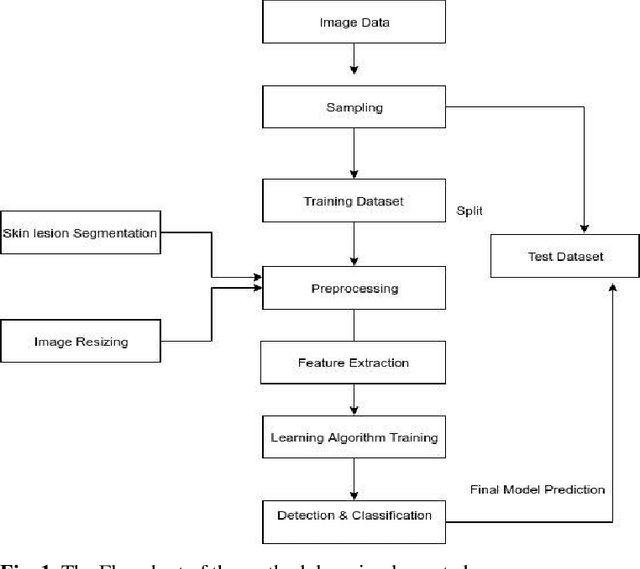

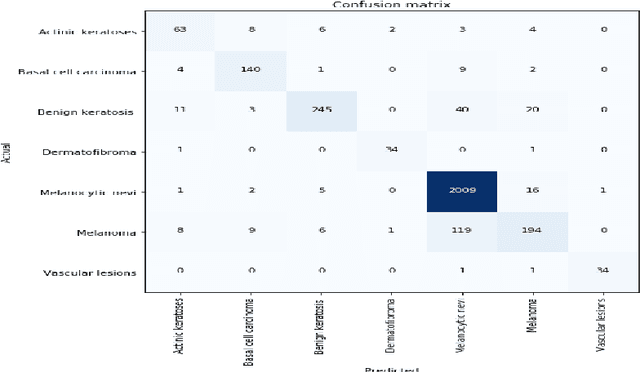
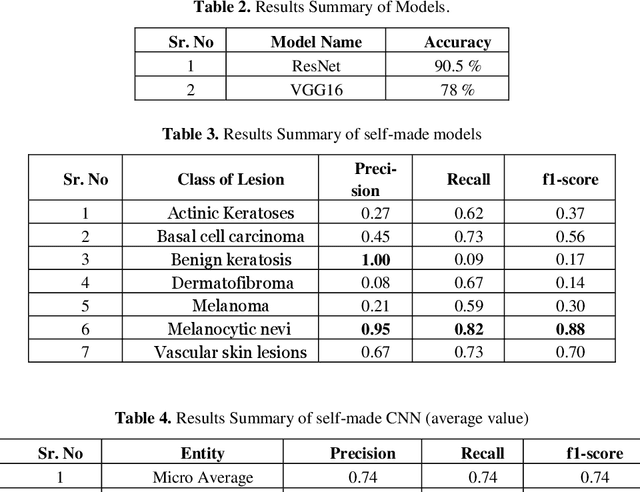
Abstract:Skin Cancer is one of the most deathful of all the cancers. It is bound to spread to different parts of the body on the off chance that it is not analyzed and treated at the beginning time. It is mostly because of the abnormal growth of skin cells, often develops when the body is exposed to sunlight. The Detection Furthermore, the characterization of skin malignant growth in the beginning time is a costly and challenging procedure. It is classified where it develops and its cell type. High Precision and recall are required for the classification of lesions. The paper aims to use MNIST HAM-10000 dataset containing dermoscopy images. The objective is to propose a system that detects skin cancer and classifies it in different classes by using the Convolution Neural Network. The diagnosing methodology uses Image processing and deep learning model. The dermoscopy image of skin cancer taken, undergone various techniques to remove the noise and picture resolution. The image count is also increased by using various image augmentation techniques. In the end, the Transfer Learning method is used to increase the classification accuracy of the images further. Our CNN model gave a weighted average Precision of 0.88, a weighted Recall average of 0.74, and a weighted f1-score of 0.77. The transfer learning approach applied using ResNet model yielded an accuracy of 90.51%
Feature Engineering Combined with 1 D Convolutional Neural Network for Improved Mortality Prediction
Dec 08, 2019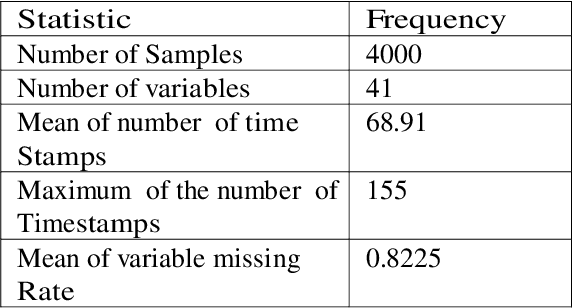
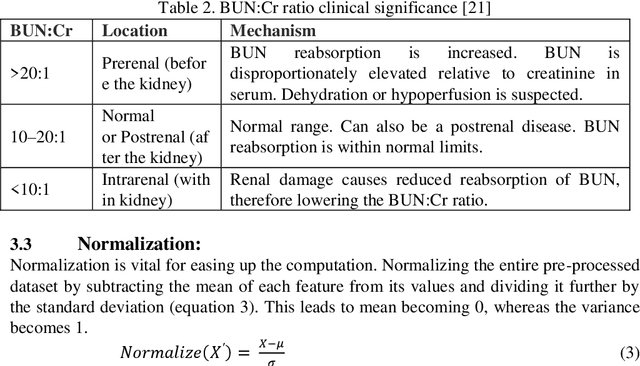
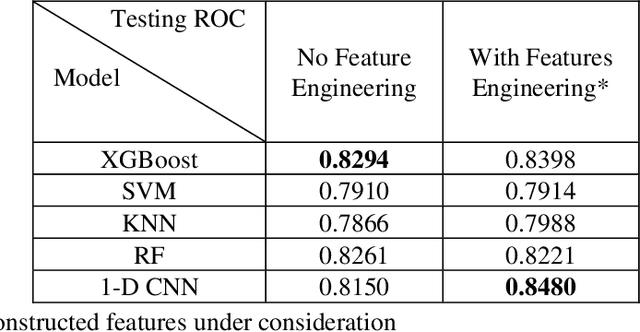
Abstract:The intensive care units (ICUs) are responsible for generating a wealth of useful data in the form of Electronic Health Record (EHR). This data allows for the development of a prediction tool with perfect knowledge backing. We aimed to build a mortality prediction model on 2012 Physionet Challenge mortality prediction database of 4000 patients admitted in ICU. The challenges in the dataset, such as high dimensionality, imbalanced distribution, and missing values were tackled with analytical methods and tools via feature engineering and new variable construction. The objective of the research is to utilize the relations among the clinical variables and construct new variables which would establish the effectiveness of 1-Dimensional Convolutional Neural Network (1- D CNN) with constructed features. Its performance with the traditional machine learning algorithms like XGBoost classifier, Support Vector Machine (SVM), K-Neighbours Classifier (K-NN), and Random Forest Classifier (RF) is compared for Area Under Curve (AUC). The investigation reveals the best AUC of 0.848 using 1-D CNN model.
Deep Reinforcement Learning for Single-Shot Diagnosis and Adaptation in Damaged Robots
Oct 02, 2019



Abstract:Robotics has proved to be an indispensable tool in many industrial as well as social applications, such as warehouse automation, manufacturing, disaster robotics, etc. In most of these scenarios, damage to the agent while accomplishing mission-critical tasks can result in failure. To enable robotic adaptation in such situations, the agent needs to adopt policies which are robust to a diverse set of damages and must do so with minimum computational complexity. We thus propose a damage aware control architecture which diagnoses the damage prior to gait selection while also incorporating domain randomization in the damage space for learning a robust policy. To implement damage awareness, we have used a Long Short Term Memory based supervised learning network which diagnoses the damage and predicts the type of damage. The main novelty of this approach is that only a single policy is trained to adapt against a wide variety of damages and the diagnosis is done in a single trial at the time of damage.
Machine Translation : From Statistical to modern Deep-learning practices
Dec 11, 2018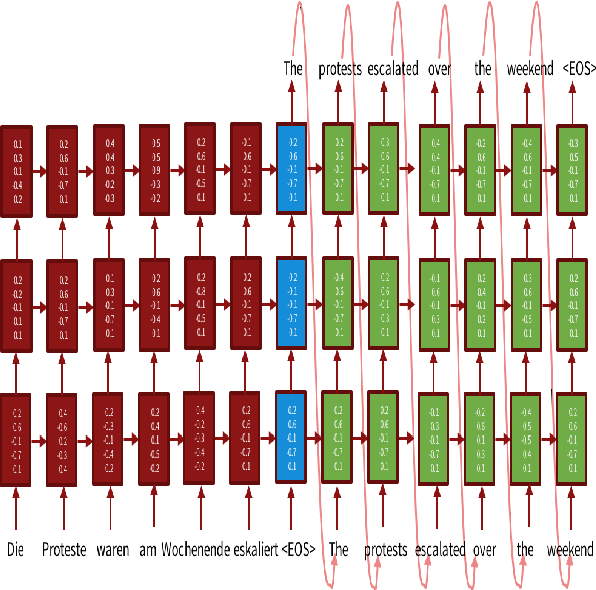
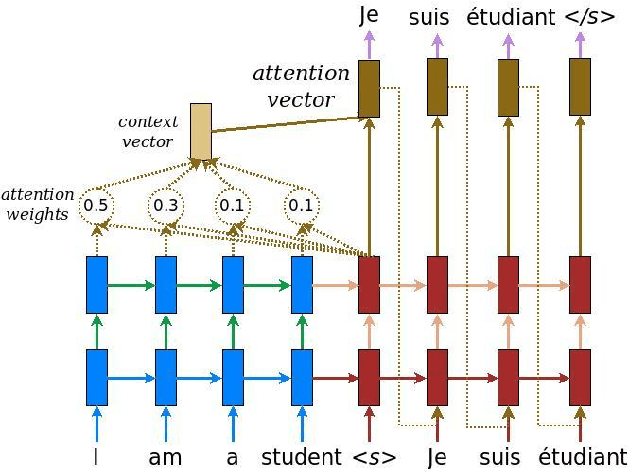
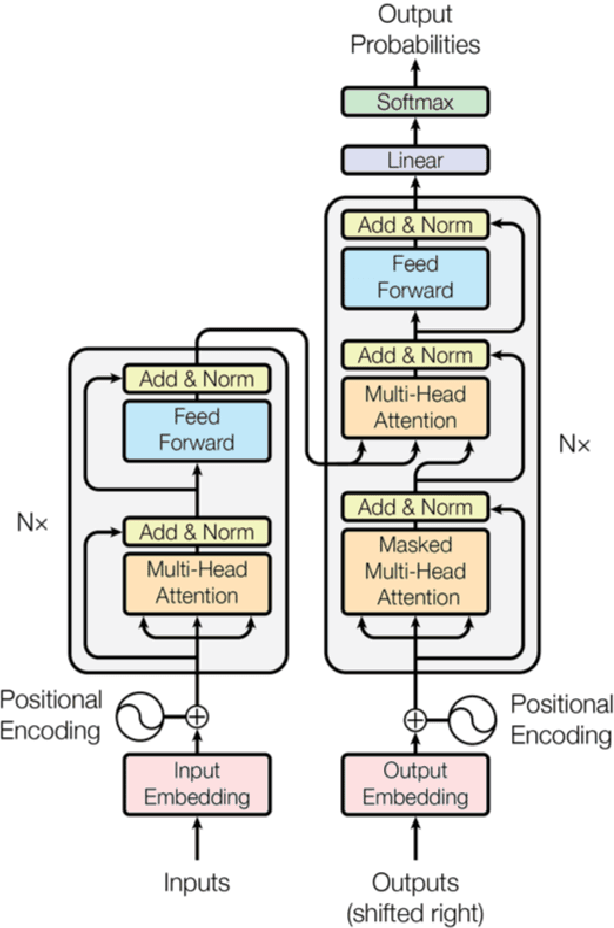
Abstract:Machine translation (MT) is an area of study in Natural Language processing which deals with the automatic translation of human language, from one language to another by the computer. Having a rich research history spanning nearly three decades, Machine translation is one of the most sought after area of research in the linguistics and computational community. In this paper, we investigate the models based on deep learning that have achieved substantial progress in recent years and becoming the prominent method in MT. We shall discuss the two main deep-learning based Machine Translation methods, one at component or domain level which leverages deep learning models to enhance the efficacy of Statistical Machine Translation (SMT) and end-to-end deep learning models in MT which uses neural networks to find correspondence between the source and target languages using the encoder-decoder architecture. We conclude this paper by providing a time line of the major research problems solved by the researchers and also provide a comprehensive overview of present areas of research in Neural Machine Translation.
Green Heron Swarm Optimization Algorithm - State-of-the-Art of a New Nature Inspired Discrete Meta-Heuristics
Oct 14, 2013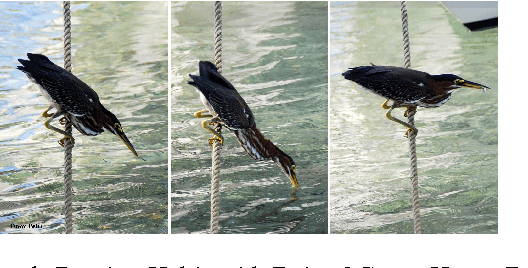
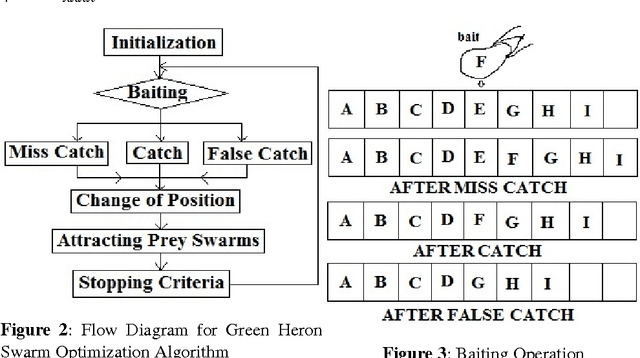
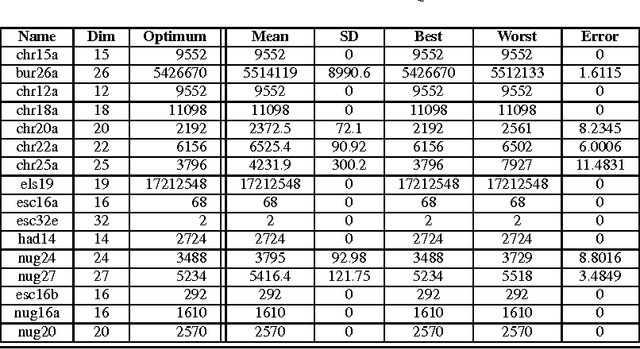
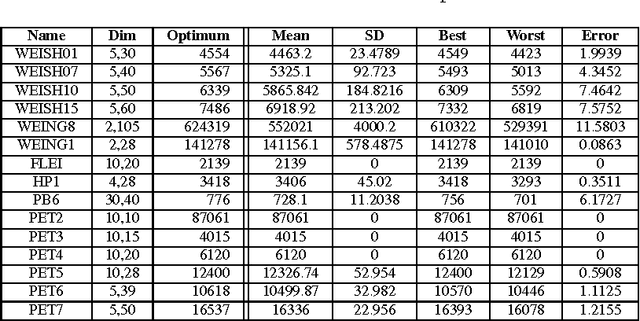
Abstract:Many real world problems are NP-Hard problems are a very large part of them can be represented as graph based problems. This makes graph theory a very important and prevalent field of study. In this work a new bio-inspired meta-heuristics called Green Heron Swarm Optimization (GHOSA) Algorithm is being introduced which is inspired by the fishing skills of the bird. The algorithm basically suited for graph based problems like combinatorial optimization etc. However introduction of an adaptive mathematical variation operator called Location Based Neighbour Influenced Variation (LBNIV) makes it suitable for high dimensional continuous domain problems. The new algorithm is being operated on the traditional benchmark equations and the results are compared with Genetic Algorithm and Particle Swarm Optimization. The algorithm is also operated on Travelling Salesman Problem, Quadratic Assignment Problem, Knapsack Problem dataset. The procedure to operate the algorithm on the Resource Constraint Shortest Path and road network optimization is also discussed. The results clearly demarcates the GHOSA algorithm as an efficient algorithm specially considering that the number of algorithms for the discrete optimization is very low and robust and more explorative algorithm is required in this age of social networking and mostly graph based problem scenarios.
Offline Handwriting Recognition using Genetic Algorithm
Apr 19, 2010
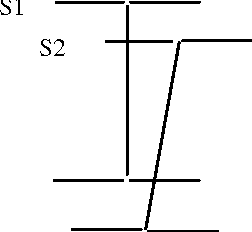
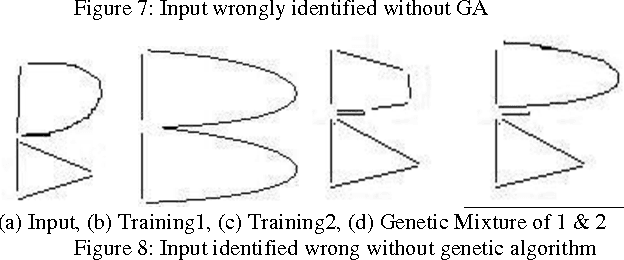
Abstract:Handwriting Recognition enables a person to scribble something on a piece of paper and then convert it into text. If we look into the practical reality there are enumerable styles in which a character may be written. These styles can be self combined to generate more styles. Even if a small child knows the basic styles a character can be written, he would be able to recognize characters written in styles intermediate between them or formed by their mixture. This motivates the use of Genetic Algorithms for the problem. In order to prove this, we made a pool of images of characters. We converted them to graphs. The graph of every character was intermixed to generate styles intermediate between the styles of parent character. Character recognition involved the matching of the graph generated from the unknown character image with the graphs generated by mixing. Using this method we received an accuracy of 98.44%.
* International Journal of Computer Science Issues at http://ijcsi.org/articles/Offline-Handwriting-Recognition-using-Genetic-Algorithm.php
 Add to Chrome
Add to Chrome Add to Firefox
Add to Firefox Add to Edge
Add to Edge